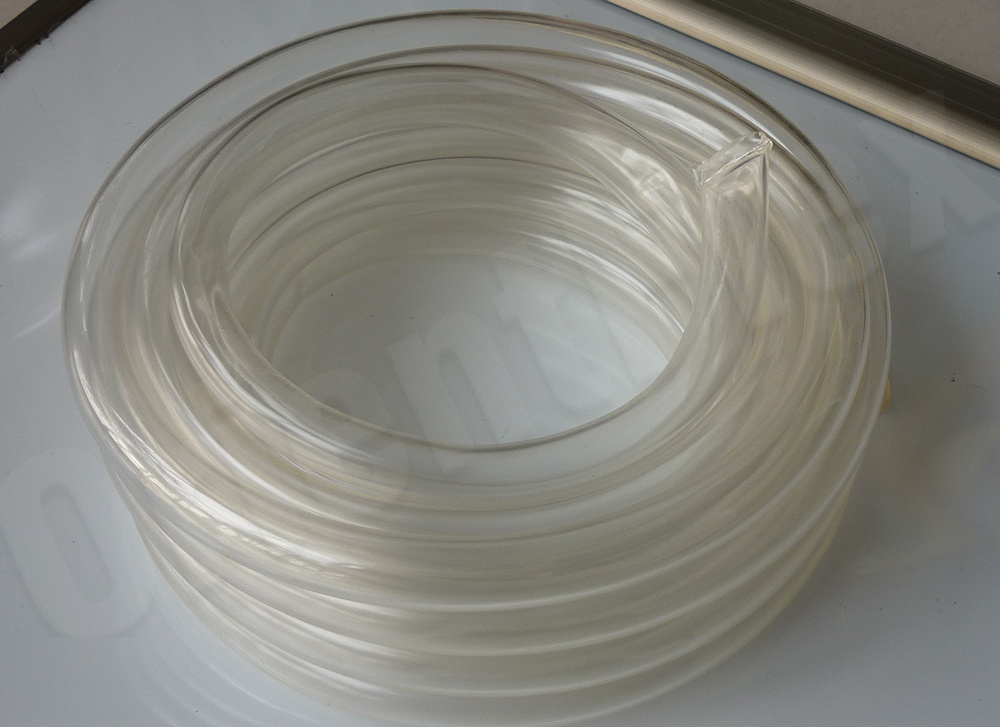UV irradiation
PVC hoses will gradually turn yellow when exposed to sunlight for a long time, especially UV irradiation. This is because UV rays can cause the double bonds in PVC hoses to break, resulting in changes in the molecular structure and turning the hose yellow. In addition, UV rays can accelerate the aging of PVC hoses and reduce their weather resistance.

Thermal oxidation
PVC hoses are prone to thermal oxidation reactions when used in high temperature environments. Thermal oxidation can cause the antioxidants in PVC hoses to fail, causing the hoses to turn yellow. In addition, thermal oxidation can also reduce the physical properties of PVC hoses and reduce their service life.
Chemical pollution
PVC hoses may be contaminated by chemicals during production, such as plasticizers and stabilizers. These chemicals will affect the color of PVC hoses and turn them yellow. In addition, PVC hoses may also be contaminated by external chemicals during use, such as oil stains, drugs, etc., which will also cause the hoses to turn yellow.

Internal stress
PVC hoses may generate internal stress during the molding process. Internal stress can cause changes in the molecular structure of PVC hoses, causing them to turn yellow. In addition, internal stress can also affect the physical properties of PVC hoses, reducing their tensile strength and impact resistance.
Additives
During the production process of PVC hoses, a certain amount of fillers, antioxidants and other additives are added. Improper quality and proportion of these additives may also cause the PVC hose to turn yellow. For example, excessive filler content will change the molecular structure of the PVC hose, causing the color to turn yellow.